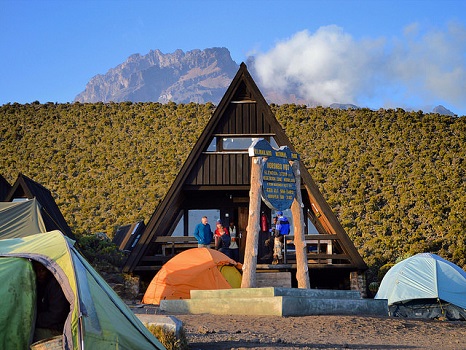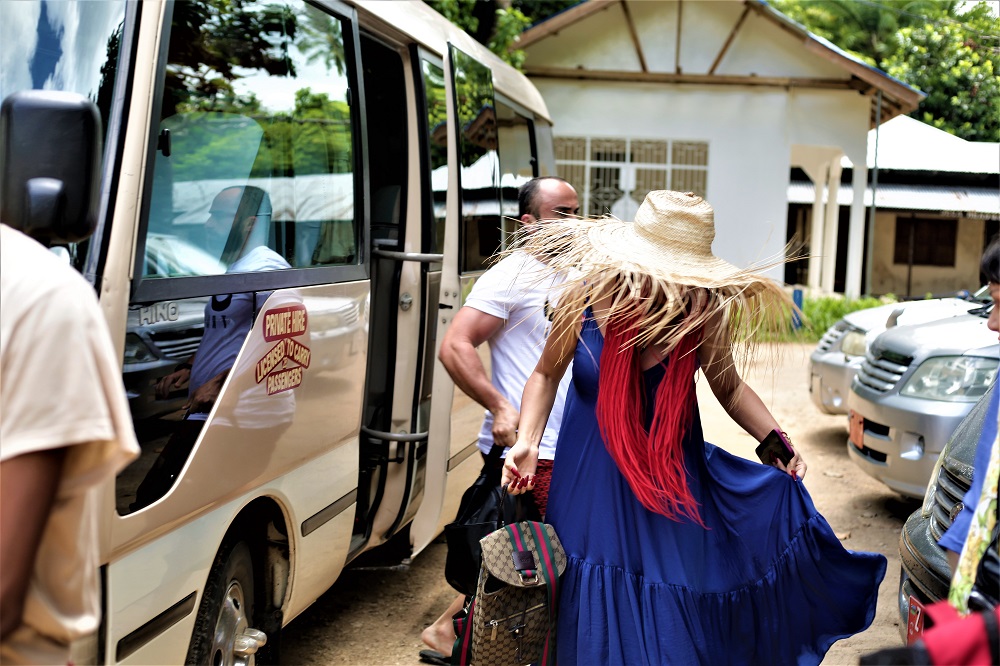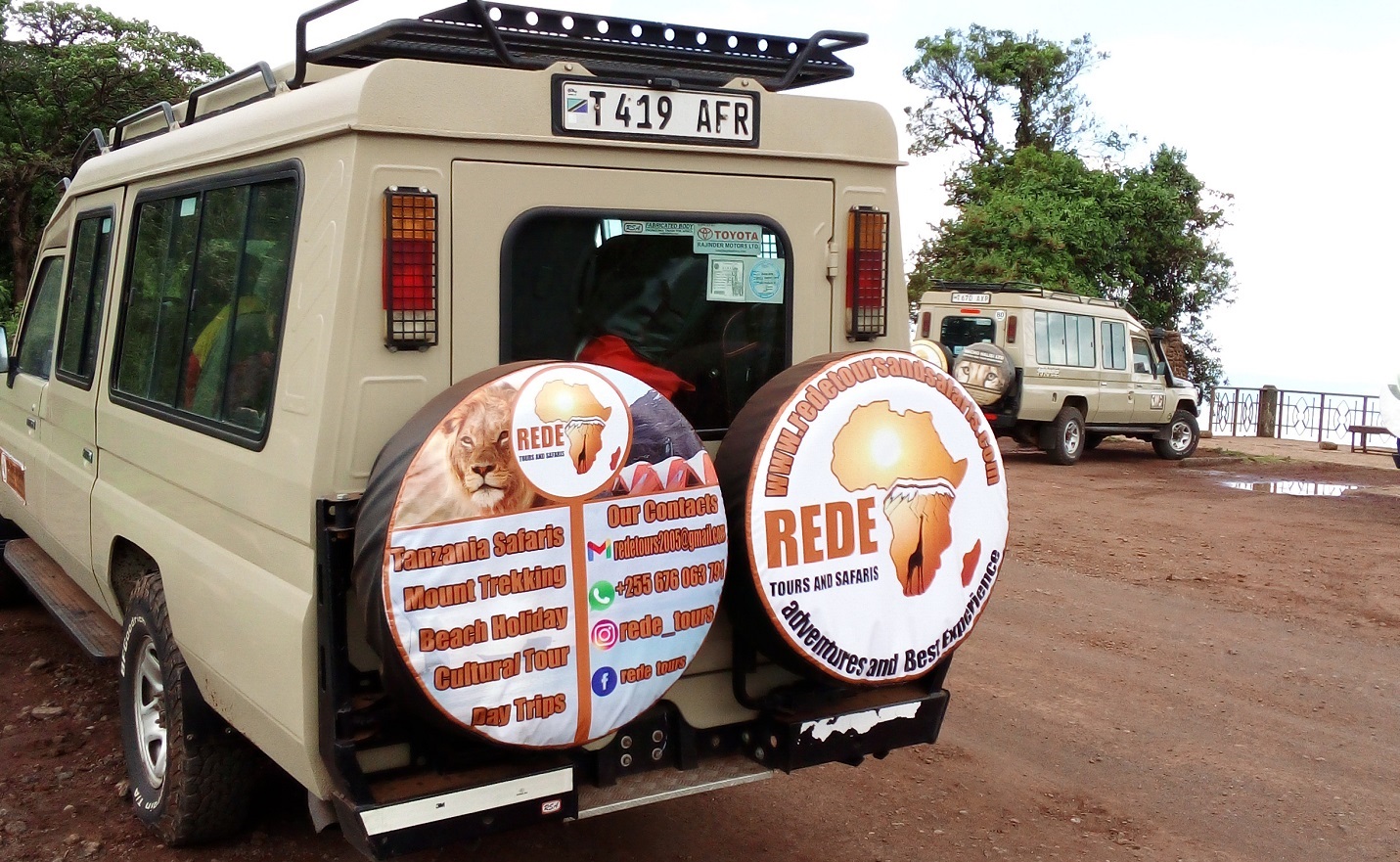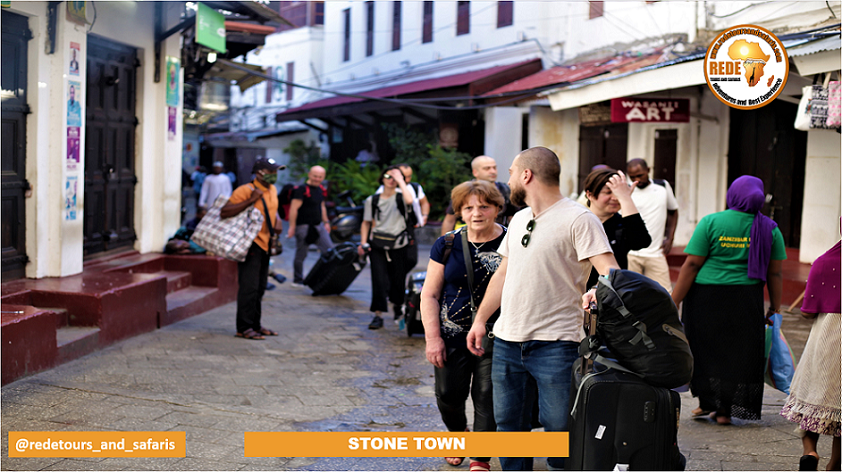Mount Kilimanjaro deaths
Mount Kilimanjaro, despite its allure and beauty, also presents significant risks to climbers, resulting in occasional fatalities. Over the years, a number of deaths have occurred on the mountain due to various factors, including altitude sickness, adverse weather conditions, accidents, and underlying health issues. Altitude-related illnesses such as acute mountain sickness (AMS), high altitude pulmonary edema (HAPE), and high altitude cerebral edema (HACE) pose serious threats to climbers as they ascend to the summit. Additionally, unpredictable weather patterns on Kilimanjaro, including extreme cold, strong winds, and sudden storms, can increase the danger for climbers, particularly those ill-prepared or inexperienced. While deaths on Kilimanjaro are relatively rare compared to the number of climbers attempting the ascent each year, they serve as a reminder of the importance of proper preparation, physical fitness, and adherence to safety guidelines when undertaking this formidable challenge.
Main causes of Mount Kilimanjaro deaths
Altitude sickness
Altitude-related illnesses, notably acute mountain sickness (AMS), high altitude pulmonary edema (HAPE), and high altitude cerebral edema (HACE), are among the leading causes of deaths on Mount Kilimanjaro. As climbers ascend to higher elevations, the decrease in oxygen levels can result in symptoms ranging from headaches and nausea to more severe respiratory and neurological complications. Without proper acclimatization and treatment, these conditions can quickly escalate, posing a serious threat to climbers' lives.
Weather condition
Adverse weather conditions also contribute significantly to fatalities on Mount Kilimanjaro. Extreme cold, strong winds, and sudden storms are common occurrences on the mountain, particularly at higher altitudes. Exposure to such harsh weather can lead to hypothermia, frostbite, and other cold-related injuries, increasing the risk of fatalities, especially for climbers who are unprepared or caught off-guard by rapidly changing weather patterns.
Accidents during Kilimanjaro climb
Accidents, including slips, falls, and rockslides, account for a notable portion of deaths on Mount Kilimanjaro. The challenging terrain, especially on some of the more technical routes, presents hazards that can result in serious injuries or fatalities if precautions are not taken. Climbers must navigate steep slopes, rocky terrain, and potentially icy conditions, often while fatigued and at high altitude, heightening the risk of accidents during the ascent and descent.
Health issues
Underlying health issues represent another significant factor contributing to deaths on Mount Kilimanjaro. Climbing to high altitudes places additional strain on the body, particularly the cardiovascular and respiratory systems. Individuals with pre-existing medical conditions, such as heart disease, asthma, or hypertension, may be at increased risk of complications while climbing. Failure to adequately manage these underlying health issues or to recognize warning signs during the climb can lead to fatalities on the mountain.
Main measure taken to prevent mount Kilimanjaro deaths
To avoid deaths on Mount Kilimanjaro, a series of measures are implemented to ensure the safety and well-being of climbers. These include thorough pre-climb medical assessments to identify any underlying health issues that may pose risks at high altitude, as well as providing climbers with detailed information about altitude sickness and its symptoms. During the climb, experienced guides lead groups along carefully planned routes, emphasizing gradual acclimatization, proper hydration, and nutrition. Climbers are equipped with appropriate clothing and gear to withstand harsh weather conditions, and emergency protocols are in place to respond swiftly to any medical emergencies or accidents. Regular communication with base camps and monitoring of weather forecasts help mitigate risks associated with adverse weather. By prioritizing safety and preparation, these measures aim to minimize the likelihood of fatalities and ensure a successful and enjoyable climb for all adventurers tackling Mount Kilimanjaro.
Top questions asked by climbers abou Kilimanjaro deaths
How many people die per year on mount Kilimanjaro?
The exact number of deaths per year on Mount Kilimanjaro varies, but on average, it is estimated that around 10 to 20 fatalities occur annually. These deaths are primarily attributed to altitude-related illnesses, adverse weather conditions, accidents, and underlying health issues. While climbing Kilimanjaro is generally considered safe, the inherent risks associated with high-altitude mountaineering underscore the importance of thorough preparation, proper acclimatization, and adherence to safety protocols. Comprehensive medical assessments, experienced guides, and emergency response procedures are in place to mitigate these risks and ensure the safety of climbers.
Is climbing Kilimanjaro dangerous?
Climbing Kilimanjaro presents inherent risks, but with proper preparation, guidance, and adherence to safety protocols, these risks can be effectively managed. Altitude-related illnesses such as acute mountain sickness (AMS), high altitude pulmonary edema (HAPE), and high altitude cerebral edema (HACE) are potential dangers due to the rapid ascent to high altitudes. Additionally, unpredictable weather conditions, including extreme cold, strong winds, and sudden storms, can pose challenges, especially at higher elevations. Accidents such as slips, falls, and rockslides are also risks to consider, particularly on more technical routes. We, Rede tours and safaris prioritize safety, provide experienced guides, and implement comprehensive safety measures to mitigate these risks. With proper preparation and guidance, climbing Kilimanjaro can be a challenging yet rewarding adventure.
Are there dead bodies on Kilimanjaro?
There are no dead bodies left on Kilimanjaro, as any fatalities that occur during climbs are promptly evacuated from the mountain. In the event of a climber's death, rescue teams are mobilized to retrieve the body either by helicopter or stretcher, depending on the location and circumstances. Kilimanjaro National Park authorities, along with experienced guides and support staff, are well-prepared to handle emergency situations and ensure the respectful and dignified removal of any deceased climbers from the mountain. As a result, Kilimanjaro remains a safe and well-managed climbing destination, with measures in place to address any unfortunate incidents that may occur during ascents.
How to book for Kilimanjaro climbing tours on all routes
Book for Kilimanjaro climbing tours on all routes by sending us the email via redetours2005@gmail.com Or Use the Booking form below.
Our Best Tanzania Safari Tours For 2023 & 2024






